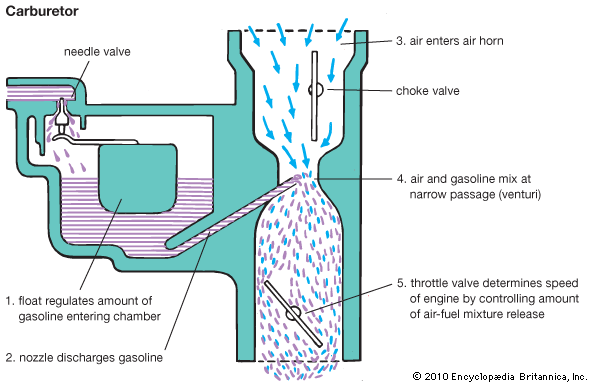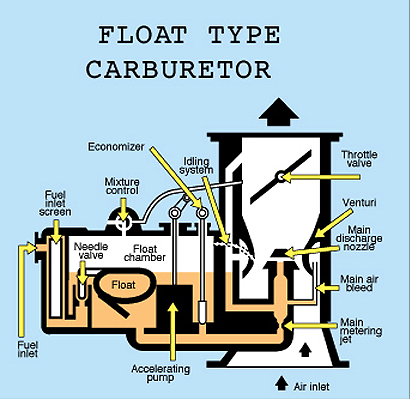Man, let me tell you about this whole updraft carb thing. You know how I sometimes tinker with my old grandpa’s tractor? Yeah, that ancient beast in the barn. Was trying to get it to cough to life last weekend – total no-go. Smelled like defeat, seriously.

The Messy Discovery
So I popped the hood off this old beast, expecting maybe a dead battery or something. Nope. What do I see? This funky metal bowl with pipes sticking out everywhere, covered in grime and dust. Grandpa called it the “carburetor”. I shrugged, figured I’d try cleaning it first. Maybe that’d work.
Grabbed my simple tools – screwdrivers, maybe a wrench if I was lucky. Started poking around. Took off the top part, just a few screws. Inside? Wow. Total goo city. Like, decades-old fuel had turned into sticky, black sludge. Everything was gunked up bad. Felt like trying to scrape concrete off an eggshell. Messed up my old shirt good, too.
- Step 1: Took it apart piece by tiny piece. Bolts were stubborn; needed oil and a lot of cursing.
- Step 2: Found this little float thing bouncing in there. Looked like a tiny boat sinking in molasses, coated thick.
- Step 3: Cleaned every single hole I could see with wire and cleaner spray. Felt like cleaning dried toothpaste out of a cap.
The Lightbulb Moment (Kind Of)
Got everything sorta clean-ish and stuck it all back together. Hands were shaky. Bolted it back onto the engine, prayed a bit, cranked it over. Thing sputtered…then died hard. Tried again. Same sad story. Nearly threw my wrench at the barn wall.
That’s when it hit me. This carb isn’t like the one on my truck. See, on most modern-ish stuff, the carb sits above the engine. Fuel kinda drips down. But this old timer? The carb sits low, below where the fuel mix needs to go. My brain finally clicked: “Updraft”? It means the air-fuel mixture has to go…up! Against gravity! How the heck?
Putting Pieces Together (Literally)
Got desperate. Went online digging, watched some crusty old tractor videos. Found out the secret weapon: the engine’s own sucking power! When the pistons go down, they pull a vacuum. That vacuum isn’t just for looks – it actually sucks the air-fuel mixture upwards from the low carb, through the intake pipe, and right into the engine’s belly. Blew my mind a little. It’s like using a straw to suck soda upwards from a glass below your mouth. Simple physics doing the heavy lifting.

- The Float’s Job: That little boat? It rides the fuel level, tells a needle when to stop the flow. Too high? Engine floods. Too low? Engine starves. Took me three tries adjusting the float bend to get it right.
- The Venturi Thingy: Not calling it that. It’s just a narrow spot inside one of the pipes. Air speeds up there, lowers the pressure. Makes the fuel get sucked out easier into the airflow. Like blowing over the top of a straw in your drink.
Finally…Sweet, Choking Success
Rebuilt the whole greasy puzzle again. Adjusted that float with shaky fingers. Tightened every bolt like it owed me money. Connected it all up. Hit the starter.
The engine coughed – a horrible, racking cough. Then…silence. I died inside. Coughed again. Sputtered like it had smoked too much. Then…suddenly…BROOOOM! That old hunk of metal roared to life, shaking the barn dust off the rafters! Ran rough at first, smoothed out after a minute. I just stood there grinning like an idiot, covered in grease and fumes, totally stoked. That updraft carb? It actually works!
Looking Back
Honestly, it felt like beating a boss level in real life. So much simpler inside than I thought, yet so easy to mess up. No fancy computers, just moving air and gas pulled upwards by the engine’s own chug. It’s cool how these old designs just rely on physics and brass screws. Made me respect the grandpa mechanics who kept these running without YouTube. Will it run next week? Maybe not! But for today? Pure, rumbling victory.